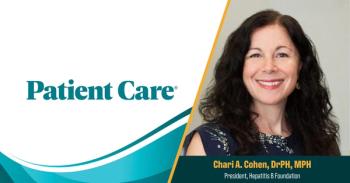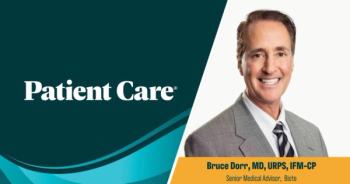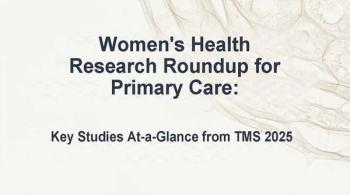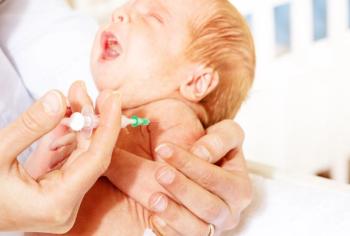
How to Pump up the Volume on Gardasil Coverage
Fingers point in all directions when the topic of low US HPV vaccination rates comes up. How to skip the drama? Just do it.
Editor's note: this is an updated version of the original article which appeared in January 2016.
If you combined the number of annual deaths in America caused by meningococcus, measles, mumps, rubella, polio, diphtheria, and tetanus before the introduction of the specific vaccines, the number is approximately 6,000. Compare this to the estimated number of deaths caused by HPV-induced cancers each year-about 11,000. The
Physicians blame parents
So why is our completed vaccination rate for HPV among eligible recipients (about 40%) lower than that achieved in many third world countries? If you ask health care providers the question, many would answer that parents refuse it.
- Some refuse based on fear of lasting side effects listed on anti-vaxxer web sites.
- Some refuse because they know their child will marry a virgin and not have sex until marriage.
- Some refuse it for the middle-school-aged child for whom it is recommended, but plan to get it when the child is older.
Unfortunately, most adolescents have their first sexual encounter way before the parents think they will. The result is teens with a vaccine-preventable infection that would have been prevented had the vaccine only been given earlier.
CDC blames physicians
If you ask the CDC why our completed vaccination rate for HPV is below all the other recommended vaccines in the pediatric age group, they will point a finger at us, the health care providers (aka the pro-vaxxers).
In a
I tell parents that age11 years is the perfect time to give Gardasil since it is nearly always ahead of possible exposure and that 11-year-olds produce higher antibody levels than 16-year-olds. (Not that that really matters; the protection from this vaccine is extremely good no matter when it is administered.)
Next: Poor communication: Defense is the worst offense
Defense is the worst offense
There are experts who think, too, that even those providers who do feel strongly that HPV vaccine should be given may be using an ineffective communication approach. We like to think that if we provide the parents with the correct information, they will make the correct choice. Health care professionals are aware of the controversy around the HPV vaccine that circulates through social media and lives on the Internet and often feel obliged to provide more information about this vaccine than they do about dTap and meningococcus-the other two vaccines given at the 11-year-old visit.
See if you can match up the same-day immunization rate with the 3 different communication approaches; which approach had the highest success rate?
For the next installment in the Patient Care Pediatric Vaccines Special Report, click below:
"Gardasil vs Meningococcal Vaccine: A Lesson for Anxious Parents "
References:
1. Roush SW, Murphy TV, and the Vaccine-Preventable Disease Table Working Group.
2. Gilkey MB, Malo TL, Shah PD, Hall ME, Brewer NT.
3. Clark L, Kuter B.
Newsletter
Enhance your clinical practice with the Patient Care newsletter, offering the latest evidence-based guidelines, diagnostic insights, and treatment strategies for primary care physicians.
























































































































































































































































































